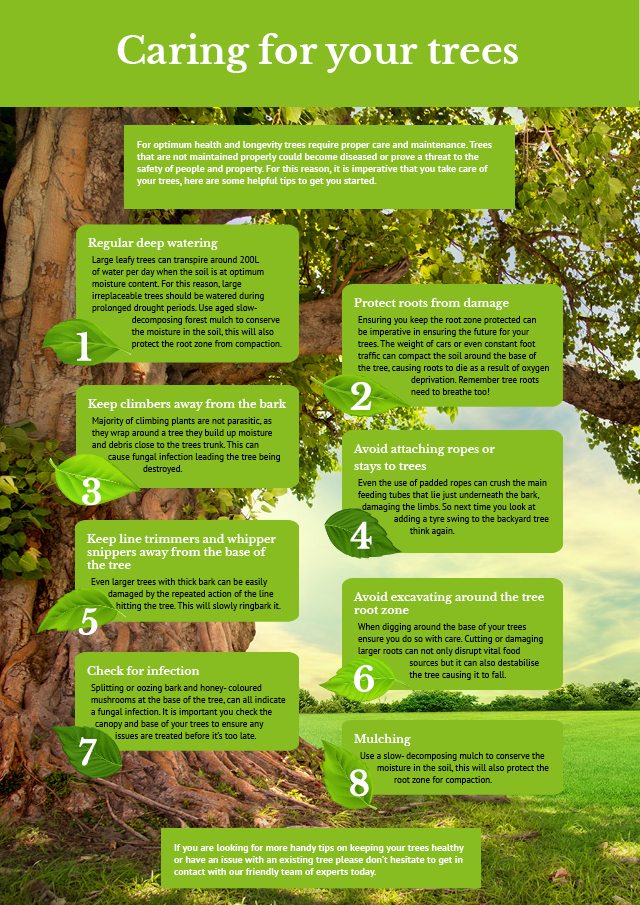The Ecological Results Of Lowering Trees: Trick Insights You Need To Think About
The Ecological Results Of Lowering Trees: Trick Insights You Need To Think About
Blog Article
Material Author-Costello Diaz
When it pertains to the ecological impact of tree elimination, there are critical facets that demand your interest. From the intricate internet of partnerships within ecological communities to the subsequent impacts on climate patterns, the effects are profound. You could be shocked to find the elaborate methods which the elimination of trees can reverberate throughout the environment. Remain tuned to unravel the intricate connections and effects of this apparently straightforward act.
Deforestation and Habitat Loss
Deforestation and environment loss are critical concerns coming from tree removal. When trees are lowered, it disrupts whole ecosystems. Not only are the trees themselves shed, yet the homes and food sources of plenty of plant and animal varieties are damaged as well. Birds shed their nesting websites, creatures shed their sanctuary, and bugs shed their habitats. The effects ripple via the food cycle, impacting killers and prey alike.
In addition, logging contributes to climate change. Trees play a critical duty in absorbing carbon dioxide, a greenhouse gas that catches heat in the atmosphere. With fewer trees, there's much less carbon dioxide absorption, resulting in raised degrees of this gas in the environment and worsening global warming.
Environment loss is a direct outcome of logging, as the destruction of woodlands means the loss of one-of-a-kind and diverse communities. Lots of varieties are not able to adjust to quick changes in their environment, leading to population declines and, in many cases, termination.
Shielding woodlands is important to keeping the delicate balance of nature and making certain the survival of many plant and animal varieties.
Impact on Biodiversity
The removal of trees has a substantial effect on biodiversity, impacting the selection and wealth of plant and animal types in an area. Trees give habitat and food sources for numerous microorganisms, from insects to birds to mammals. When trees are eliminated, these types lose their homes and resources of food, bring about a decrease in their populations. This disturbance can have plunging results on the entire ecosystem.
Furthermore, trees play a critical duty in preserving biodiversity by developing microhabitats within their covers, trunks, and origins that sustain a vast array of types. When trees are cut down, these specialized atmospheres are damaged, decreasing the total diversity of the area.
Additionally, the removal of trees can cause a reduction in genetic diversity within plant populations, as particular tree varieties may no more be able to reproduce or spread properly. Securing trees and woodlands is necessary for preserving biodiversity and guaranteeing the wellness of communities for future generations.
Soil Erosion and Environment Modification
With trees being removed from a location, the disturbance of dirt framework and stability takes place, causing boosted dirt disintegration. Trees play an important duty in stopping disintegration by holding dirt in place with their root systems. When trees are eliminated, especially in multitudes, the soil comes to be more prone to erosion from wind and water. This disintegration not just influences the instant surroundings but can likewise lead to sedimentation in neighboring water bodies, impacting water high quality and water ecological communities.
Additionally, relevant web-site assist control the climate by soaking up carbon dioxide throughout photosynthesis. When trees are reduced, this all-natural carbon sink is decreased, contributing to raised levels of greenhouse gases in the environment. This can worsen environment modification, bring about more severe climate events and disruptions in environments worldwide.
For that reason, the removal of trees not only speeds up soil disintegration however also plays a role in the bigger ecological issue of climate modification. simply click for source to think about these elements when examining the influences of tree elimination on the environment.
Conclusion
Since you understand the ecological influence of tree removal, think about the consequences prior to reducing trees. Deforestation disrupts environments, reduces biodiversity, and adds to soil disintegration and climate adjustment. By bearing in mind the impact of tree removal, you can aid secure our setting and protect the delicate equilibrium of nature. Make informed selections and take into consideration different services to decrease the adverse results on our planet.
